Propagation through cuttings serves as a primary propagation method for many plants, especially perennials, allowing for new growth from vegetative parts of a mother plant. Ideal for year round home gardens. It’s an asexual propagation method ensuring genetic replication and the maintenance of desired plant traits. Let's explore this propagation method with attention to key terms and concepts.
Understanding Propagation by Cuttings
Propagation by cuttings involves starting new plant growth from vegetative parts of a mature plant. Usually derived from stem cuttings. Scientifically, this method is considered asexual reproduction, ensuring that the new plant maintains similar traits to its parent as the plants develop. This propagation method guarantees that the offspring possesses identical flower colors and other qualities that the parent plant might display.
Types of Cuttings and Optimal Timing
- Herbaceous Cuttings: Obtained from non-woody parts, these cuttings, 3-5 inches long with lower leaves removed, have a high success rate in developing roots.
- Softwood Cuttings: Derived from young, green plants, best taken in spring or early summer, they develop root systems quickly but need high humidity to prevent withering.
- Greenwood Cuttings: Slightly more mature than softwood, these also root easily and are hardier. They’re often used interchangeably with softwood cuttings.
- Semi-ripe Cuttings: Extracted from stems transitioning from tender to firm, these can be trickier to root but yield sturdier plants. Made in summer or early autumn.
- Hardwood Cuttings: Obtained from dormant plants in late autumn or early spring, these cuttings root slower but have a high survival rate.
Different cuttings correspond to specific stages in plant growth and seasons, ensuring optimal conditions for rooting in various plant species. Cuttings are taken from vegetative plant parts, typically in the early mornings.
Plant Selection and Rooting Medium
Selecting the right plants for each type of cutting is crucial. Softwood or greenwood cuttings suit perennial herbs, birch, hydrangea, and maple, while semi-ripe and hardwood cuttings are better suited for citrus, oak, and jasmine.
A suitable rooting medium is low in fertility, well-drained, and promotes aeration. A mix of peat or coco coir with perlite is recommended, while potting mixes with excessive nutrients may hinder root development.
Key Propagation Techniques
Several vital techniques contribute to successful propagation:
- Timely Cutting Selection: Avoid taking cuttings with flowers or flower buds to ensure the plant's energy goes into root formation.
- Optimal Time for Cutting: Early mornings provide ideal hydration for plants before taking cuttings.
- Cutting Handling and Environment: Maintain cool, moist conditions after cutting and ensure clean cutting tools to prevent contamination.
- Rooting Hormones: Use them for improved root development, ensuring careful handling and discarding after use.
- Planting Technique: Insert cuttings vertically into the medium and maintain adequate moisture levels without excessive exposure to direct sunlight.
- Humidity and Protection: Employ domes, plastic bags, or misters to maintain high humidity and safeguard against dehydration.
Propagation by cuttings offers an effective way to grow plants, allowing for the replication of desired characteristics and the maintenance of genetic integrity. Understanding the nuances of different cutting types, timing, and handling techniques ensures successful propagation, providing opportunities for plant enthusiasts, gardeners, and commercial growers to foster new growth.
Different Types of Cuttings and Timing for Making Them
Herbaceous Cuttings
- Are from non-woody plant parts
- Cut a 3-5 inches long piece of stem
- Remove the lower 1/3 to 1/2 leaves from the stem
- High percentage of root cuttings
Softwood Cuttings
- Are made from young green plants, are the fastest cuttings to form roots systems.
- They are usually made in the spring or early summer.
- Though this is the easiest stage to root, they are also most susceptible to other problems such as withering, so keep the humidity high.
Greenwood Cuttings
- Are made from stems which are still soft and tender, but not quite so young and sappy as softwood cuttings.
- These also root easily but are somewhat hardier.
- Softwood and greenwood cuttings are handled the same way and often the two terms are used interchangeably.
Plants that grow well from softwood or greenwood cuttings include: 
- most perennial herbs
- begonia
- birch
- cotoneaster
- dogwood
- elm
- fuchsia
- ginkgo
- hydrangea
- lilac
- maple
- redbud
- verbena
Semi-ripe Cuttings
Semi-ripe cuttings are made when the stems start to firm up and their major growth period has ended, but before they become woody. These are usually made in the summer or early autumn. These can be trickier to root than softwood or greenwood, but successful rootings are sturdy and not as likely to wither. They often require wounding or heel cutting to stimulate root formation. Semi-ripe cuttings can be made for:
- broadleaf evergreen trees such as magnolia
- boxwood
- cedar
- citrus
- clematis
- dianthus
- holly
- honeysuckle
- hyssop
- lavender
- oak
- penstemon
- rosemary
- wallflower
Hardwood Cuttings
Hardwood cuttings are made from dormant plants in the late autumn after the leaves have fallen or in the spring before bud break. These are slowest to root, but have an excellent survival rate. They also often require wounding or heeling to stimulate root formation. Deciduous plants that can be propagated by hardwood cuttings include:- dogwood
- fig
- fir
- forsythia
- jasmine
- kiwi
- locust
- pomegranate
- poplar
- sycamore
- willow
Tips to Successful Propagation from Cuttings
- Do not take cuttings that have flowers or flower buds. You want the plant’s energy to go into root formation and not flower development.
- Take your cuttings in the early morning. The plant is usually fully hydrated in the morning.
- After cutting, keep them cool and moist place until planted.
- Use clean cutting tools.
- Use a rooting medium that is low in fertility, well-drained and provide good aeration. Mixture of one part peat (or coco coir) to one part perlite works well. A potting mix may have too many nutrients.
- Use a rooting hormone to promote improved root development. When using do dip cuttings into bottle, rather pour out some in another container and discard after use. Do not pour back into the main bottle.
- After dipping in rooting hormone, place in medium about 1/3 to 1/2 the length into the medium (tips pointed up).
- Water cuttings after placing into the medium.
- Place cuttings out of full sun, dappled or indirect light is good.
- Keep the humidity high so the cuttings don’t dry out. This can be done using a dome or a clear plastic bag over the pot with the cuttings. If doing a large amount of cuttings, you can set up misters to automatically mist the cuttings.
Check out our collections of Useful products for propagation and rooting: grafting tools, rooting agents, pots and amendments, heat mats, new gardener kits, plant labels, planting containers, starting soils, starting trays, soil block makers, and growing lights. These will help you achieve successful vegetative propagation, and vigorous plant growth. Happy propagating!

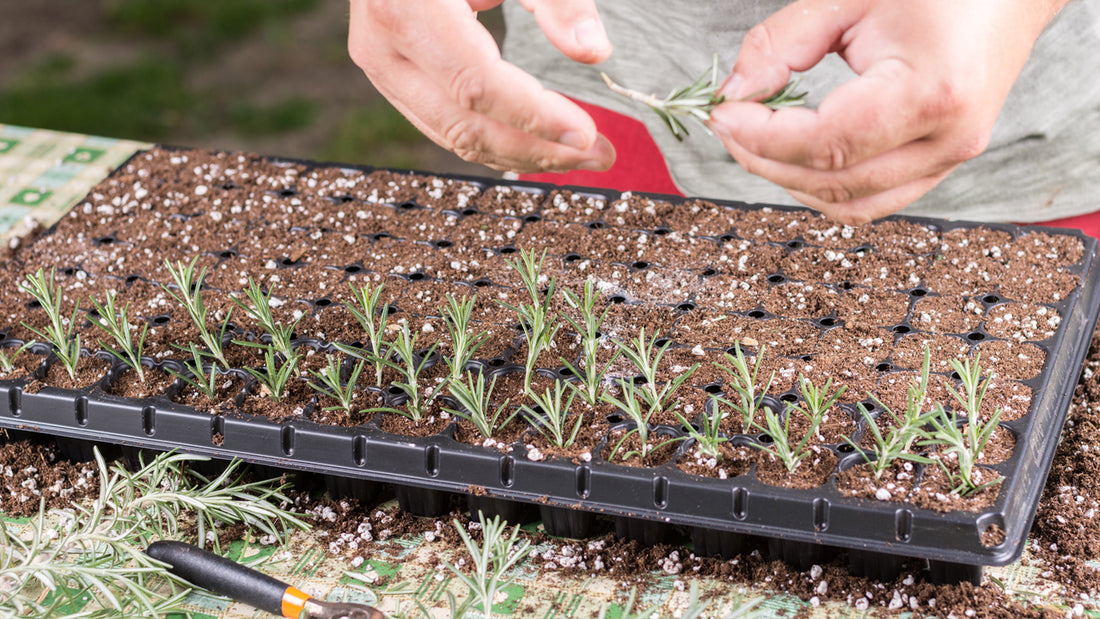
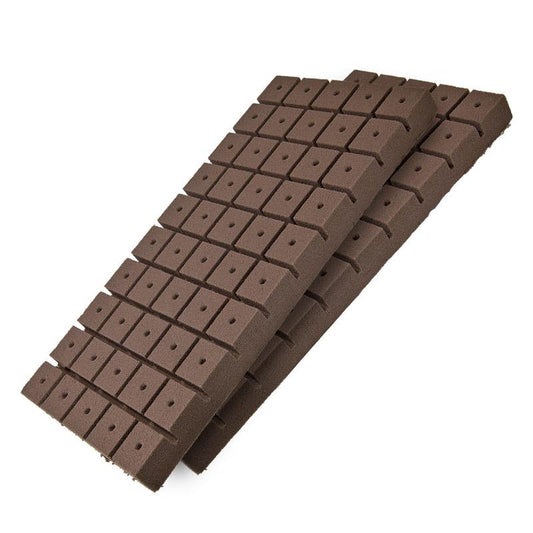
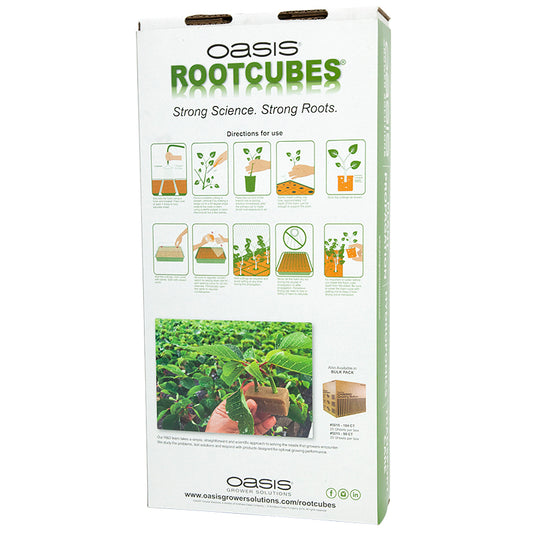
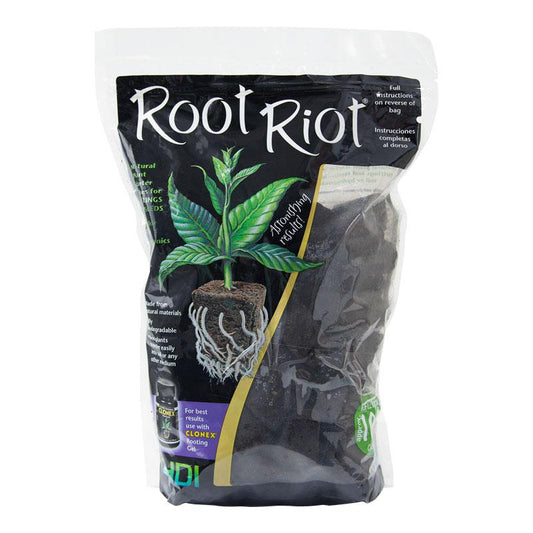
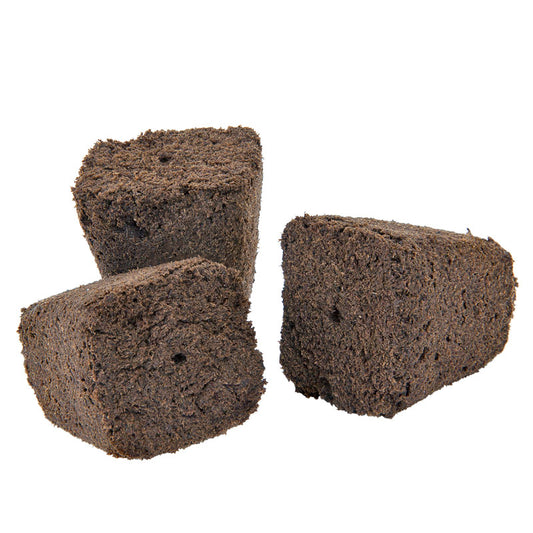
1 comment
This was a wonderful bit of information. I have a nice looking small branch from a newly cut Sycamore and thought I would give it a try. I’ve nothing to lose as it was already going to be dead.
Looking at all the options of a Google search, yours had exactly the kind of information I was looking for. Straight and to the point, just how I like it. I am bookmarking this site and plan to be back often.
THANK YOU!